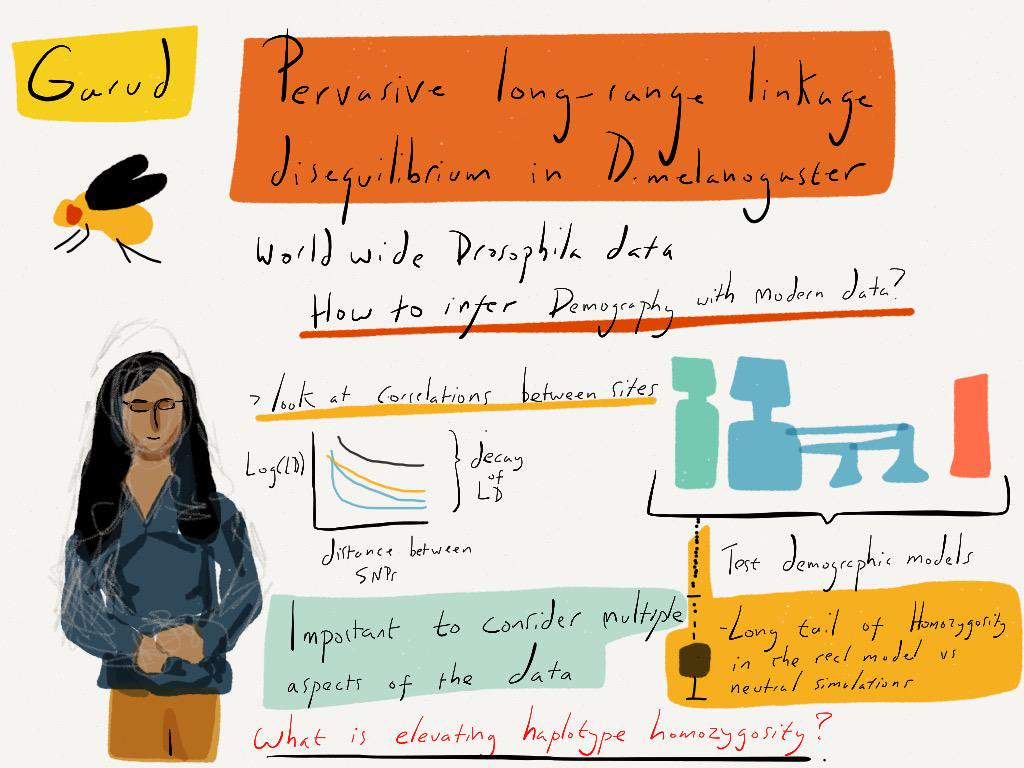Review accepted: The population genetics of drug resistance evolution in natural populations of viral, bacterial, and eukaryotic pathogens.
My co-authors, Pleuni Pennings, Zoe Assaf, Alison Feder, and Ben WIlson, and I recently wrote a review on: The population genetics of drug resistance evolution in natural populations of viral, bacterial, and eukaryotic pathogens. Our review will be coming out in Molecular Ecology.

